Forgotten WWI Photographs Offer A Glimpse Into The Past
Following the assassination of Austrian archduke Franz Ferdinand, the powder keg of alliances and weapons proliferation that European powers had built for decades saw its destructive ignition. The result had many names, ranging from the Great War to the optimistic moniker, The War To End All Wars.
Of course, the war that would ravage Europe from 1914 to 1918 only brought further and worse conflict, which is why it’s now called World War I. Nonetheless, the horrors and harrowing scenes of the war could be caught on camera, as the same modernity that made this war so destructive made it easier to document.
Even When Nobody Was Shooting, Things Were Hard
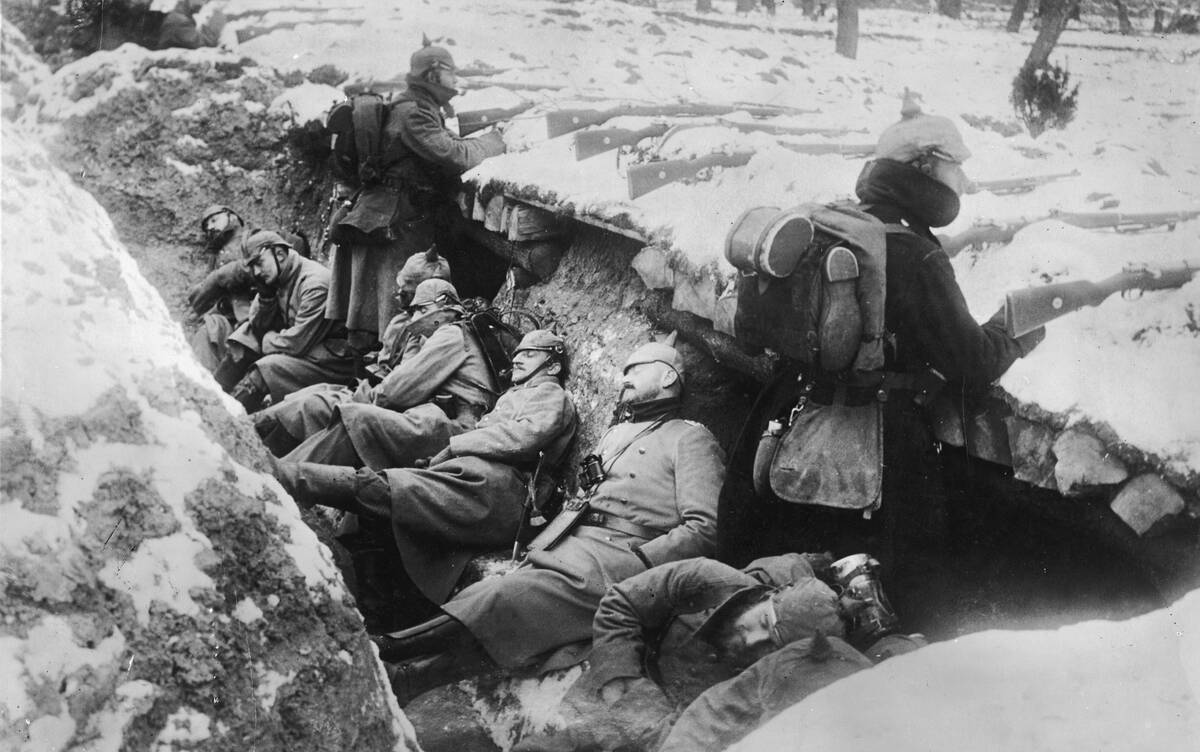
Although millions died from enemy fire and disease throughout the four harsh years of World War I, most would struggle to find an easy part of adjusting to life in the trenches even during times of relative peace.
As this photo shows, trenches on both sides were narrow and uncomfortable but soldiers nonetheless had to find a way to sleep in them each night. Otherwise, they risked leaving themselves vulnerable to enemy sharpshooters.
A War Fought With New Weapons

Although machine guns had existed in a limited capacity in the decades leading up to World War I, that marked the first major conflict to see them used under such widespread circumstances. In this case, those guns could also be developed for the specialized purpose of shooting down low-flying aircraft.
Of course, that’s not the only evidence of new weaponry in this photo, as the German soldiers shown here are also equipped with gas masks. That’s because their military pioneered the use of chemical warfare in the war’s first years.
Meals Could Be A Delicate Balancing Act
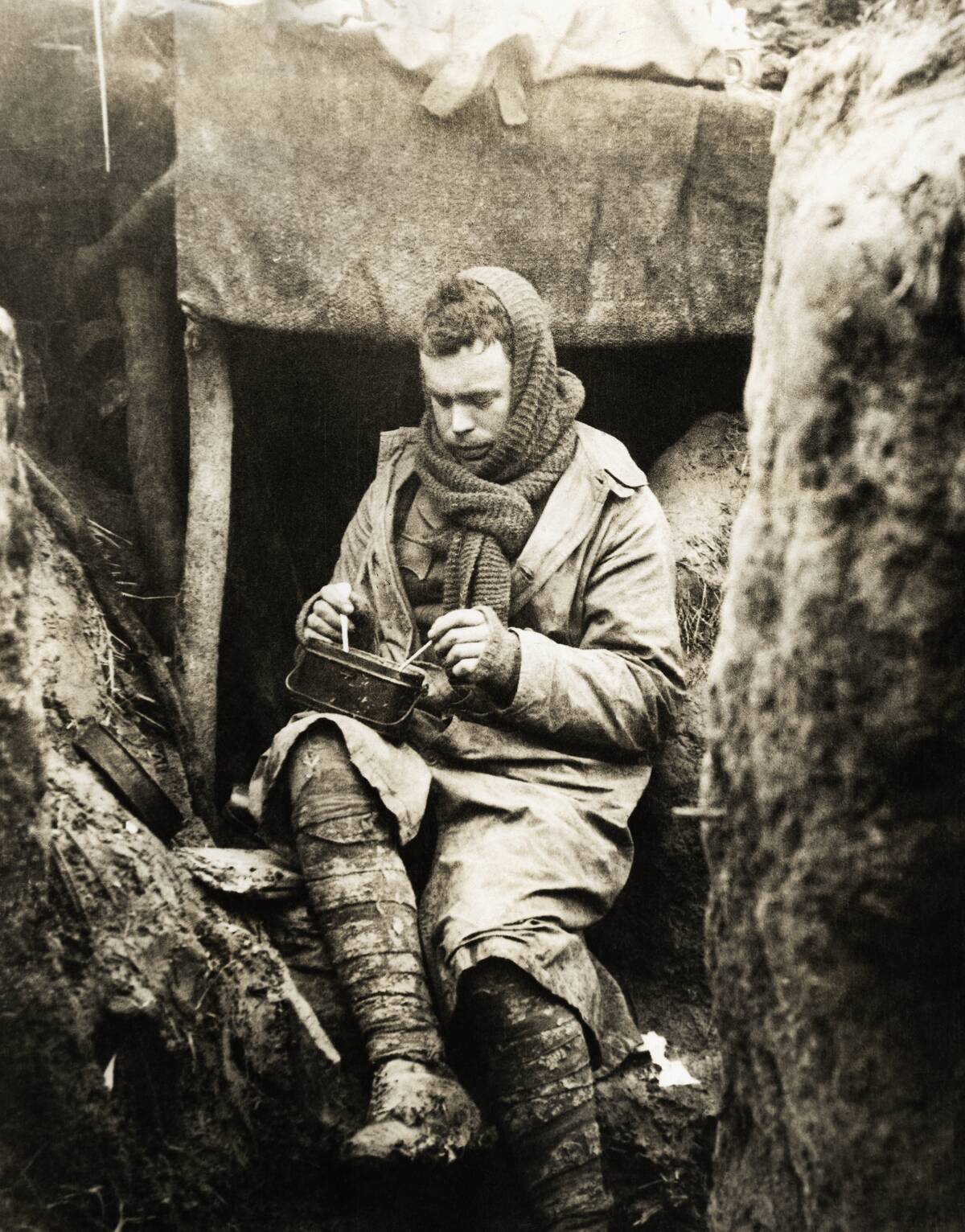
Since soldiers were mostly confined to cramped trenches during World War I, both eating and sleeping were conducted in a way they wouldn’t have been used to. After all, there wasn’t any more space in those trenches for a kitchen table than for a bed.
Thus, servicemen like this British soldier had to balance their dinners on their knees as they ate in the cold, uncomfortable trenches. As if he didn’t have enough reasons to look frustrated.
Even In The Trenches, Christmas Was Special
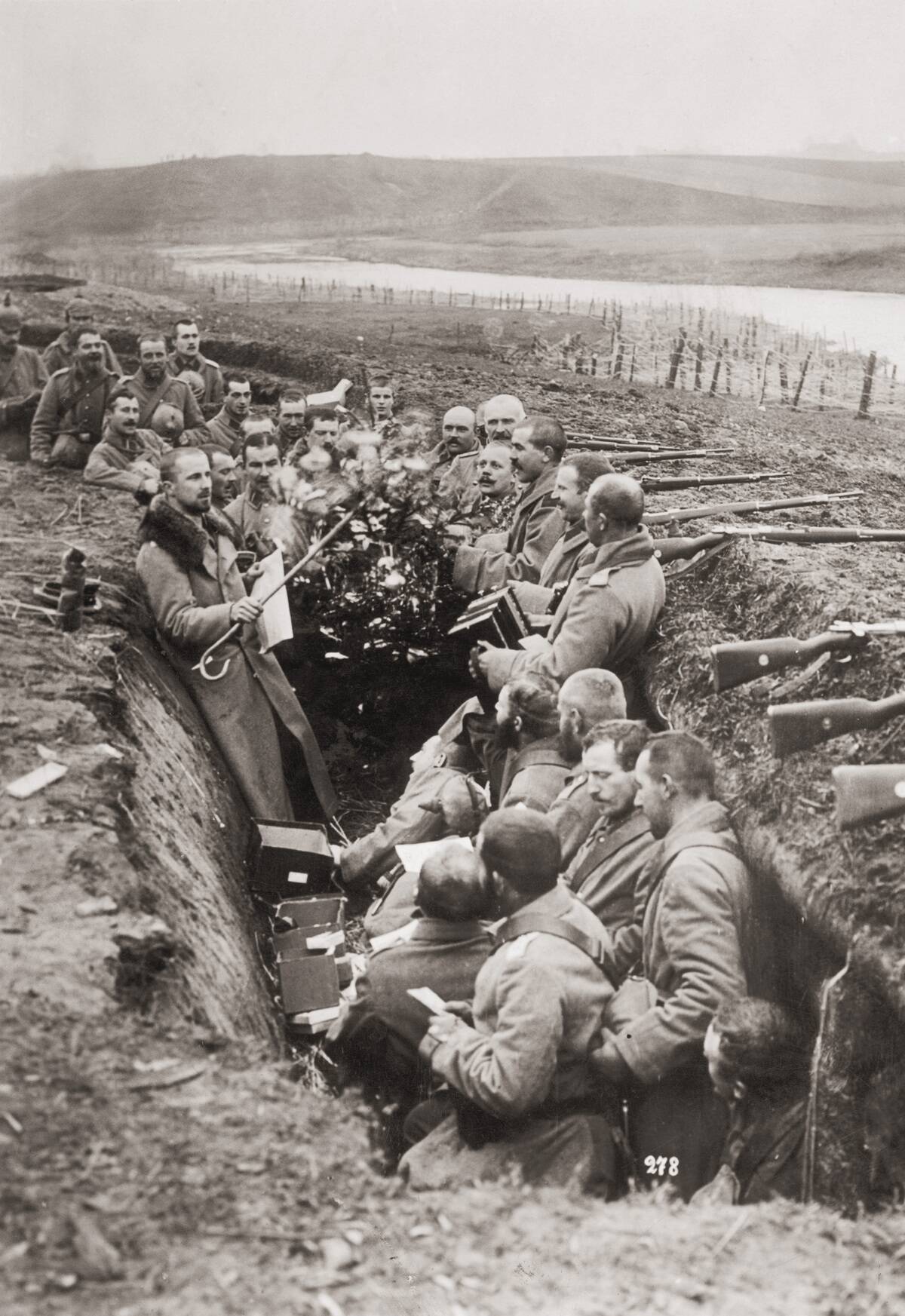
Although these German soldiers likely would have preferred to spend Christmas literally anywhere else in the world, those deployed by both the Triple Entente and the Central Alliance tried their best to bring some Christmas spirit to their gloomy circumstances.
In 1914, that involved more than simply bring a Christmas tree into the trench. It wasn’t uncommon for British and German soldiers to have an informal Christmas truce that saw opposing sides meet, sing Christmas carols, and even play soccer together. Sadly, that didn’t become a tradition throughout the rest of the war.
Animals Had Their Own Roles On The Battlefield
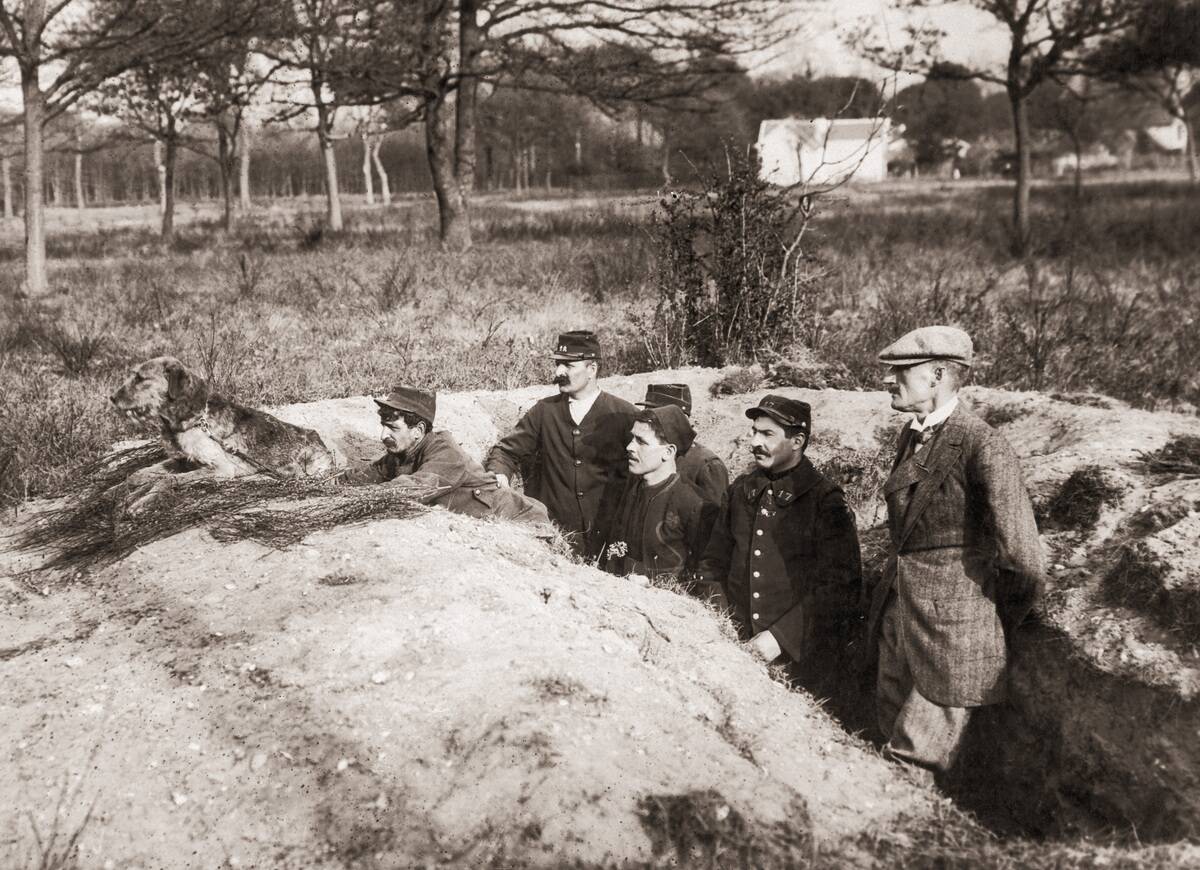
Since even World War II saw more troops than people might realize (especially among the Germans) travel on horseback, it’s perhaps unsurprising that horses could play an important role in World War I as well. However, that doesn’t mean they were the only animals deployed during the war.
For instance, here we see Major Richardson teach French forces to train dogs as guard sentries and scouts. Since both sides were desperate to break the frequent stalemates between them, dogs were valuable in plugging holes in defenses while look for others in the enemy’s defenses.
As Clear Of A Defeat As There Was
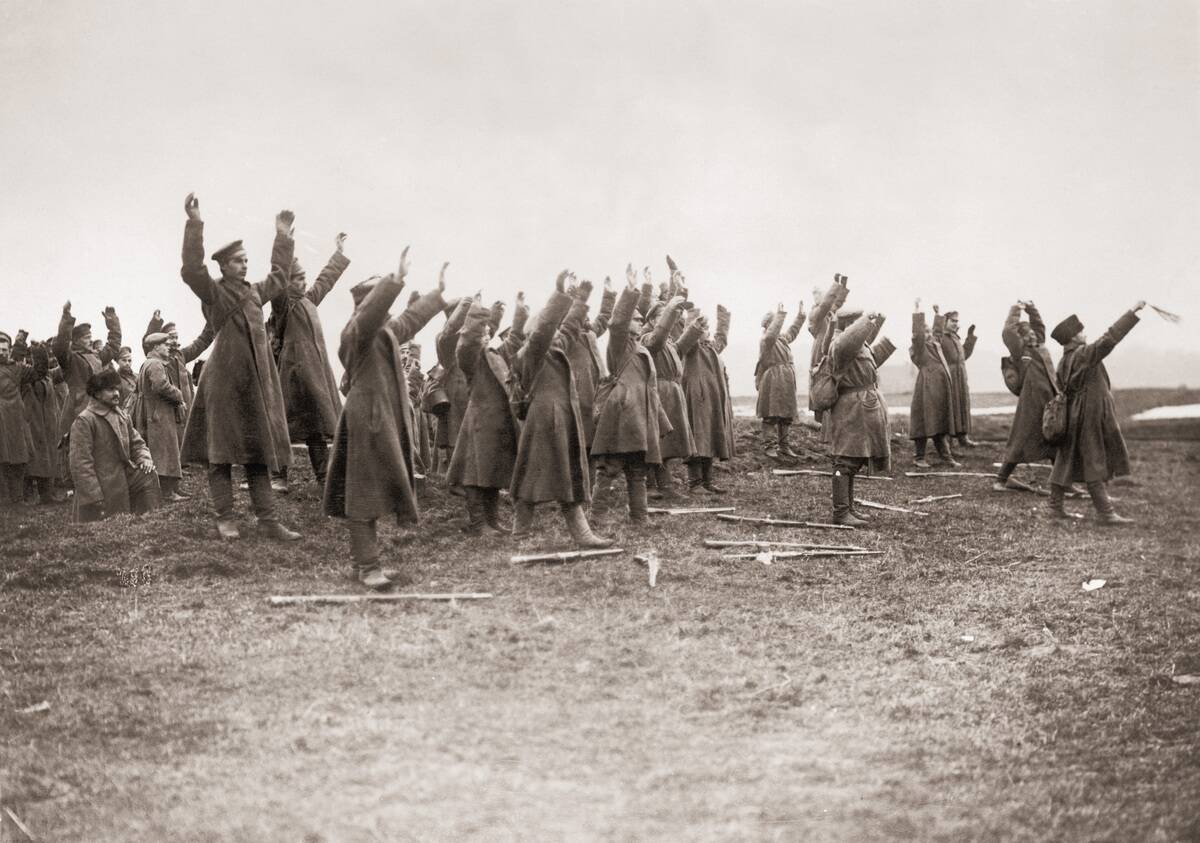
Although it wasn’t until 1918 that a clear winner on the Western Front could be reasonably determined, that was far less true on Germany’s Eastern Front. To put it bluntly, Russia did not fare well in World War I at all.
This was partially due to material unpreparedness but was significantly driven by the gross incompetence of the Russian Tsar and those he selected to populate his high command. As such, suffice to say this photo from 1915 was far from the only time a group of Russian troops were compelled to surrender during World War I.
At War Due To Colonial Obligation
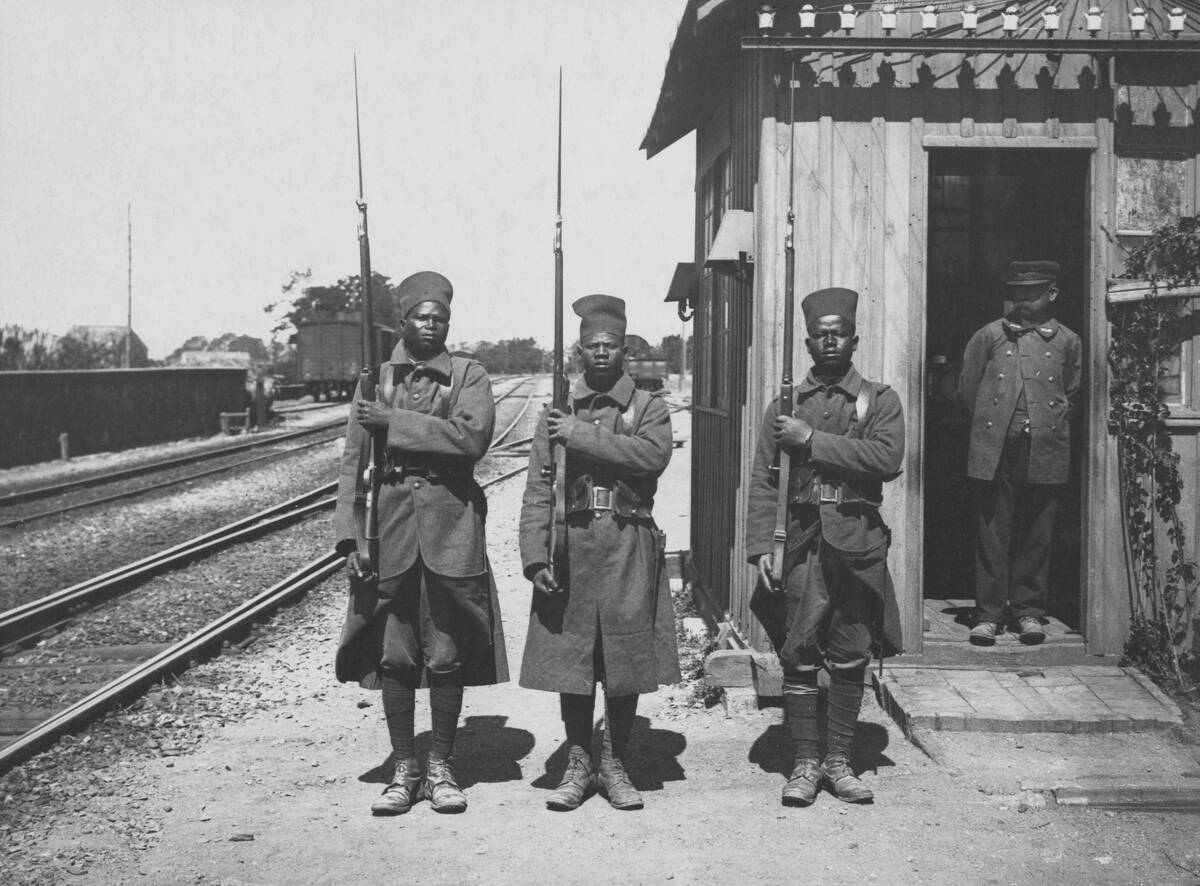
Part of the explosive scope of World War I came from the fact that many of the nations involved were colonial powers. This meant they could not only commit their own populations to the war effort but also those of the nations they colonized.
Thus, we see these Senegalese riflemen standing guard at a train station in France. Those living in Britain’s many imperial holdings at the time found themselves in similar situations throughout both World War I and World War II.
A Future Wartime Leader Who Wasn’t Quite Ready
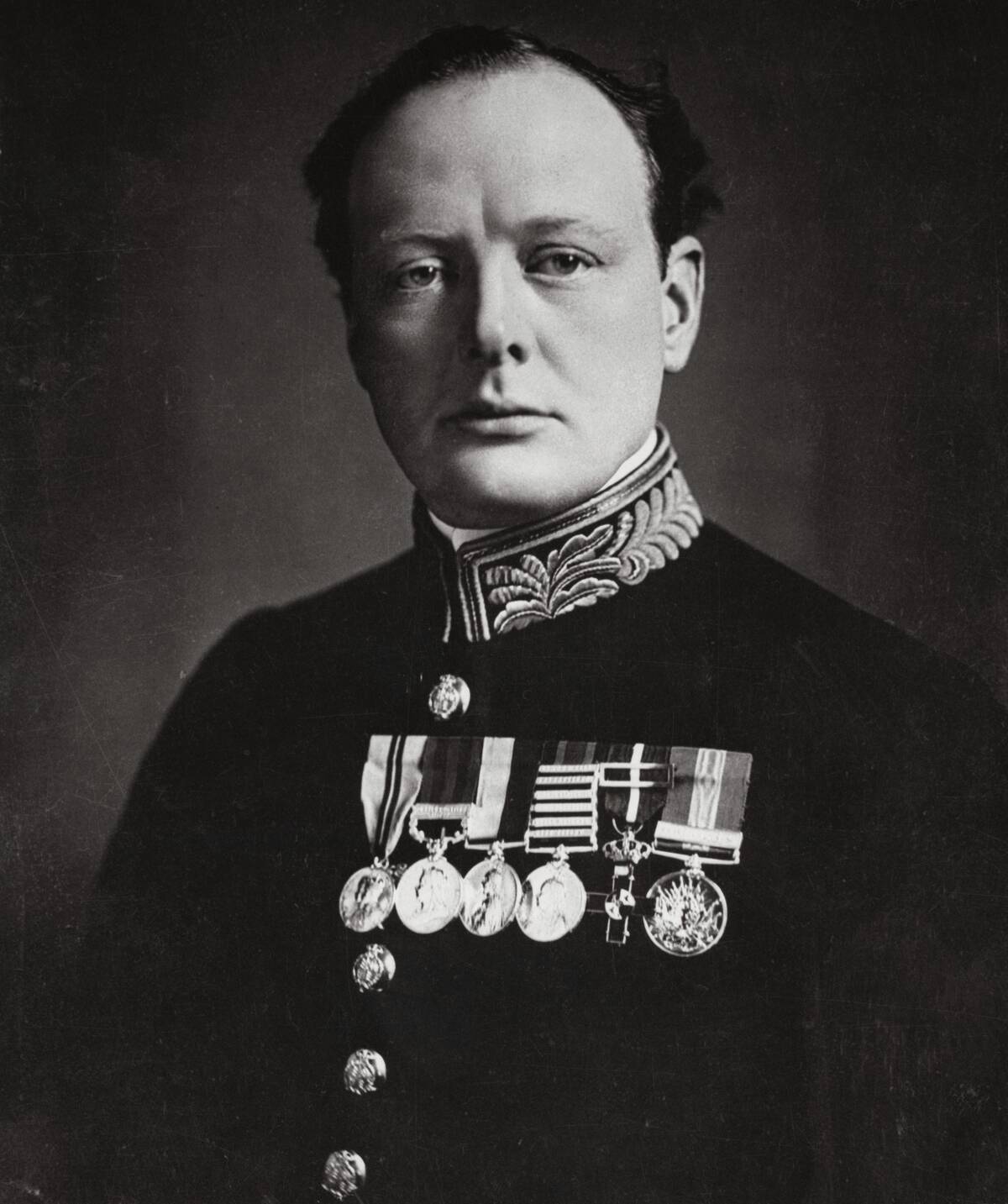
Although Winston Churchill would go down in history as the Prime Minister who led Britain trough the Second World War, that didn’t seem like a likely destiny for him after World War I. This was because he backed an infamous and disastrous campaign in the Turkish Dardanelles Strait that tends to be known as Gallipoli.
While the fallout from this campaign led to Churchill’s resignation from the British cabinet, his visionary attitude to tank warfare likely contributed to his return two years later.
The Last Years Of An Empire That Spanned Centuries

Although the Ottoman Empire could reasonably be considered on its last legs by the time World War I broke out, that doesn’t mean it went down without a fight. Allied with Germany and Austria, the nation that would become Turkey and then Türkiye proved a tough adversary for the British.
This photo comes from the war’s first year, when the Ottoman Empire entered the war by raiding Russian ports in the Black Sea. However, this picture was taken away from that theater and saw Turkish troops marching through an unspecified countryside on October 30, 1914.
The Advent Of Aerial Combat
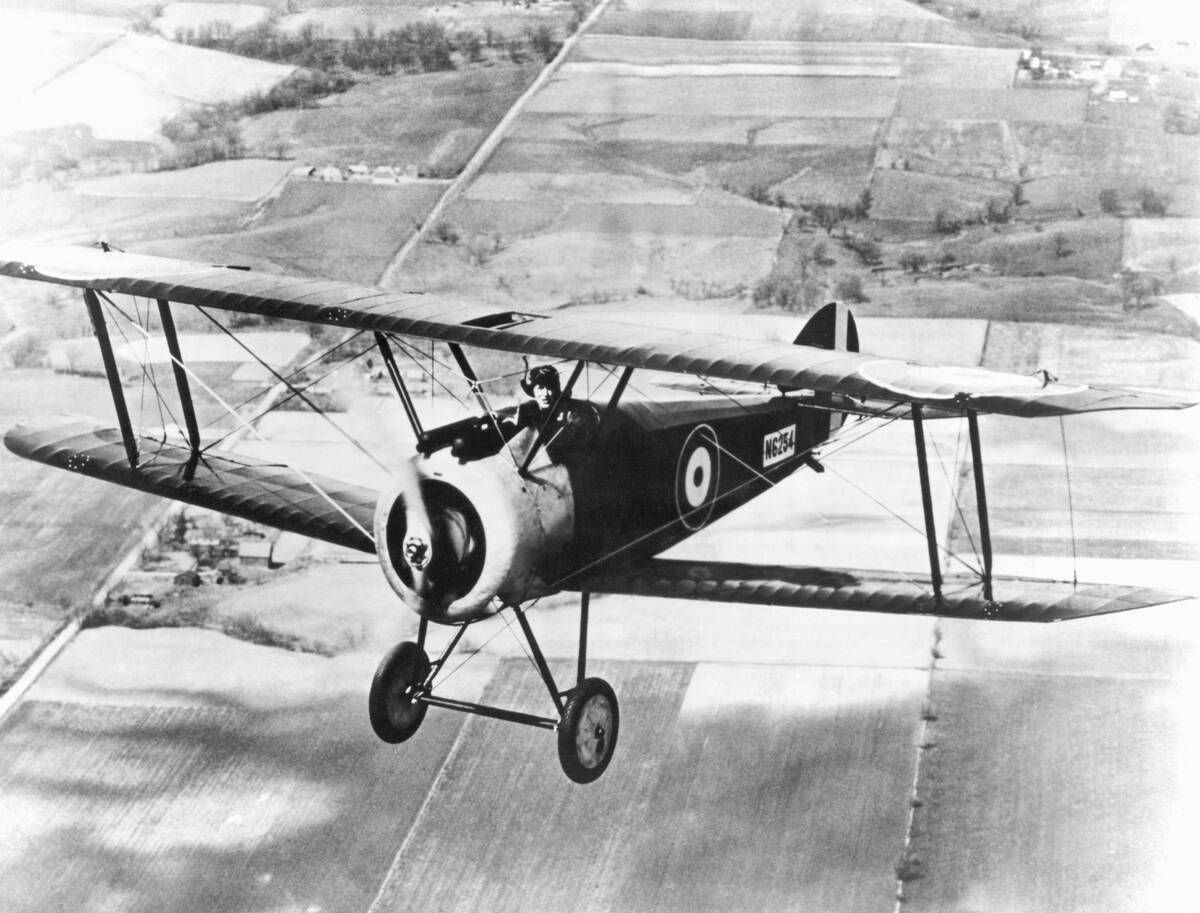
One of the most recent military innovations by the start of World War I was the invention of the airplane, which added a whole new dimension to combat. Although Germany also deployed zeppelins to serve as bombers, airplanes like their Fokker triplane and Britain’s Sopwith Camel biplane (pictured) were faster and harder to hit.
Air strikes and aircraft carriers would become even more pivotal during the Second World War but the legends of flying aces like Manfred “Red Baron” von Richthofen and Canadian pilot Billy Bishop were born in the intense dogfighting of World War I.
Wounded Soldiers Were Even More Common Than Usual
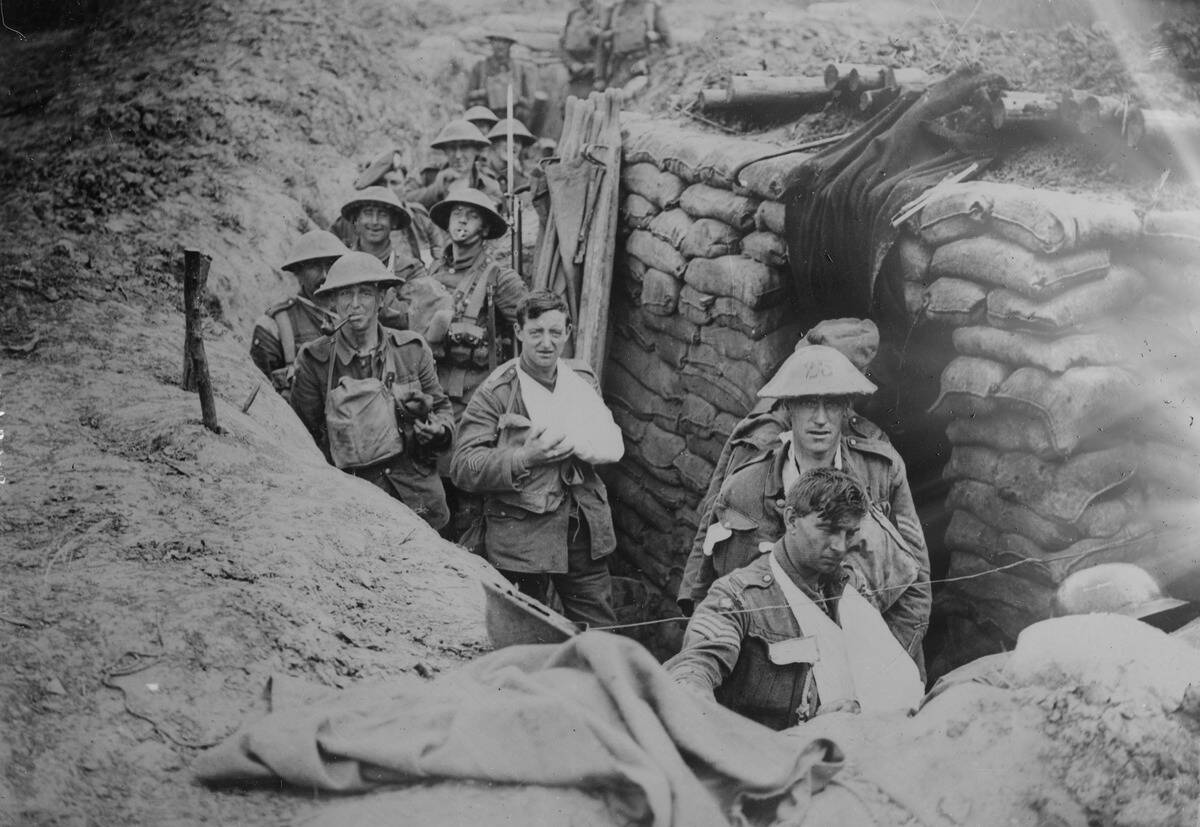
According to the Online Exhibitions platform run by the Yale University Library, between 20 million and 21 million soldiers who fought in World War I came home wounded. Since the nations involved had mobilized and industrialized more than ever before, the rate of wounded soldiers was just as unprecedented.
Here we see a group of British soldiers who were all bearing war wounds when this photo was taken on August 18, 1918. Indeed, their faces match the pain they were feeling and it’s unlikely that their pain was exclusively physical.
The Joyful Naïveté Before The Front
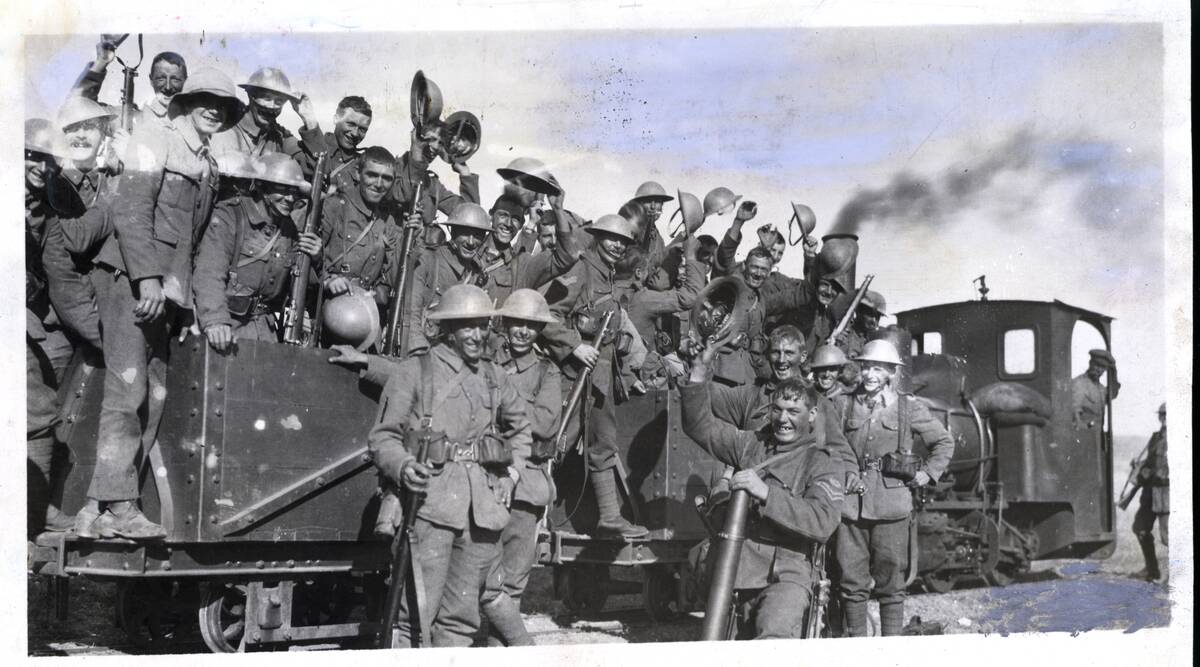
Whether due to patriotism, peer pressure, or just the excitement of the times, recruitment offices throughout Europe saw scores of young men eager to sign up for The Great War. That attitude was reflected in this photo of joyful British recruits boarding the train to their forward camp.
Although one might think it would be interesting to see how their faces compared to their expressions after the war was over, the eerie truth is that it’s unclear how many of them would even remain alive by then.
Germany Was Already Known For Its Submarines

Although German U-boats were a constant threat to Allied naval powers in World War II, their presence was just as pernicious in World War I. Of course, this photo goes a long way to explain that naval combat wasn’t any less perilous for the sailors in those U-boats.
That’s because this is U-Boat U-118, which ran aground up at England’s Hastings Beach in 1919 after being towed by the British Navy following its surrender that February. As we can see, it was quite the curiosity for locals and their children.
A Lesser-Seen Ally That Started On The Other Side
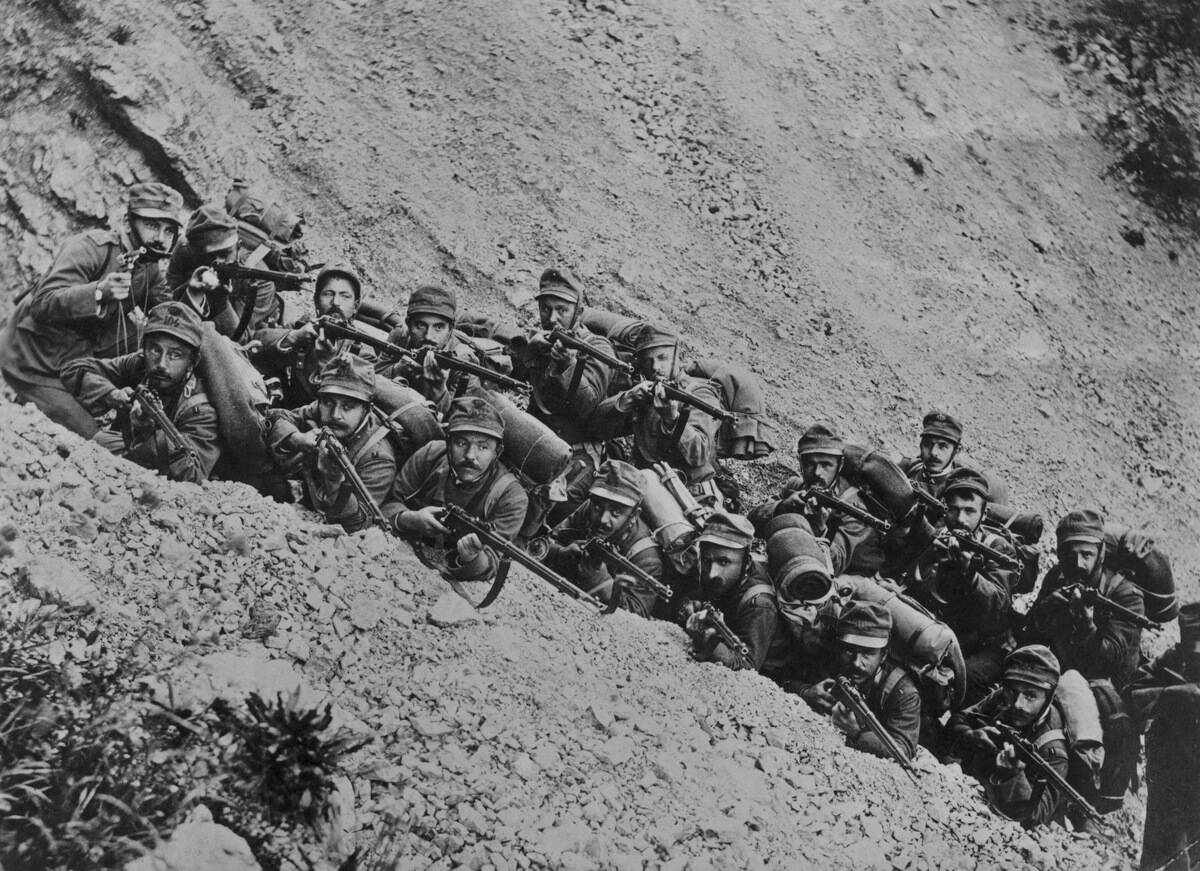
Whether they fought for the Triple Entente or the Central Alliance, most soldiers in World War I were unlikely to encounter Italian troops like the ones stationed here. That was because they were primarily focused on fighting the Austro-Hungarian Empire, as the Entente had promised specific Austrian territories in exchange for Italy fighting on their side.
This was considered a betrayal among German and Austro-Hungarian officials, as Italy had previously formed an alliance with them both. However, they were initially neutral in 1914 and only joined the fray in the following year after the Entente made their offer.
An Uneasy Alliance That Inspired A Classic Movie
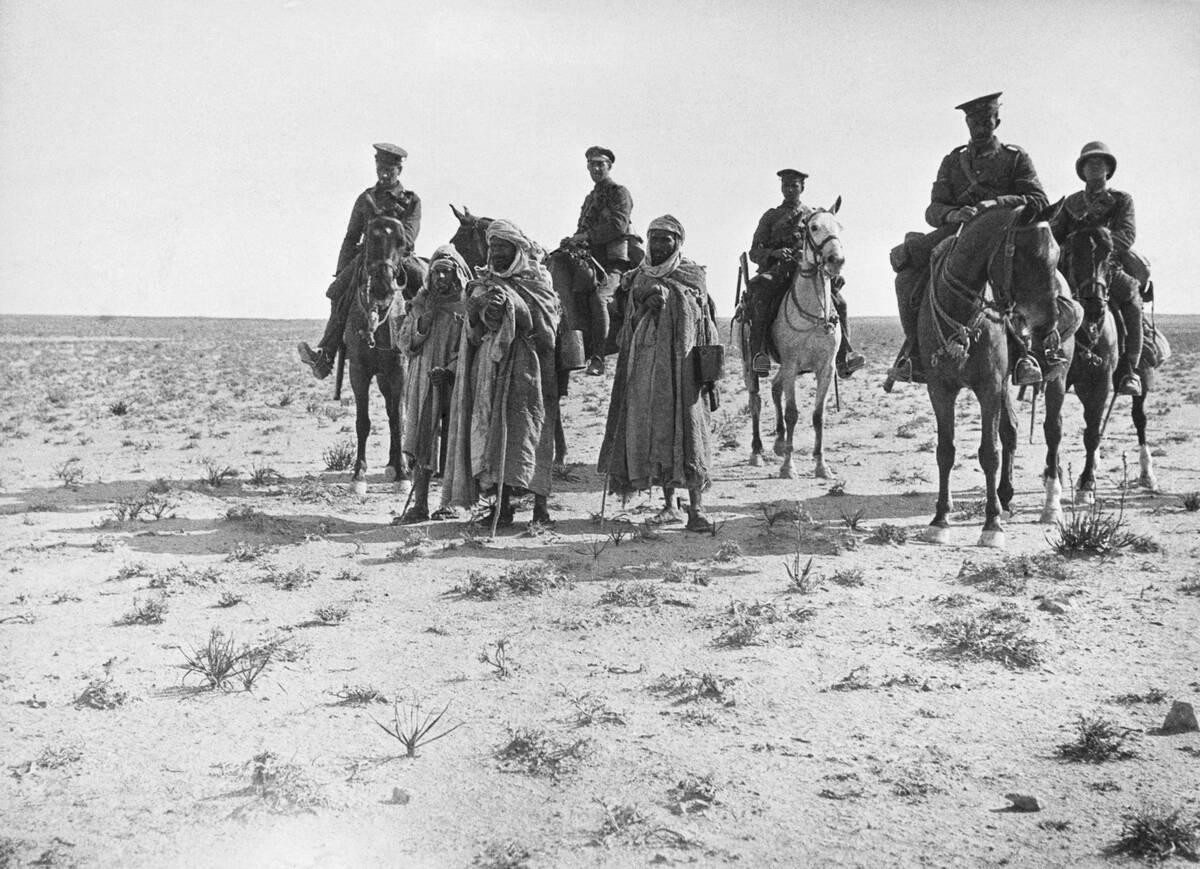
It’s been mentioned that Turkish forces proved deeply troubling for the British during World War I and it was clear that they could only beaten with the help of some local allies in the Middle East.
Through their collaborations, British forces and their allies among the Hashemite (now Jordanian), Palestinian, and Mesopotamian (now Iraqi) populations were not only able to halt Ottoman expansion into these lands but reversed them contributed significantly to the empire’s collapse. The most famous story from this campaign involves Thomas Edward Lawrence, who was better known as Lawrence of Arabia.
When Terror Is All Around, Reasons to Celebrate Are Crucial
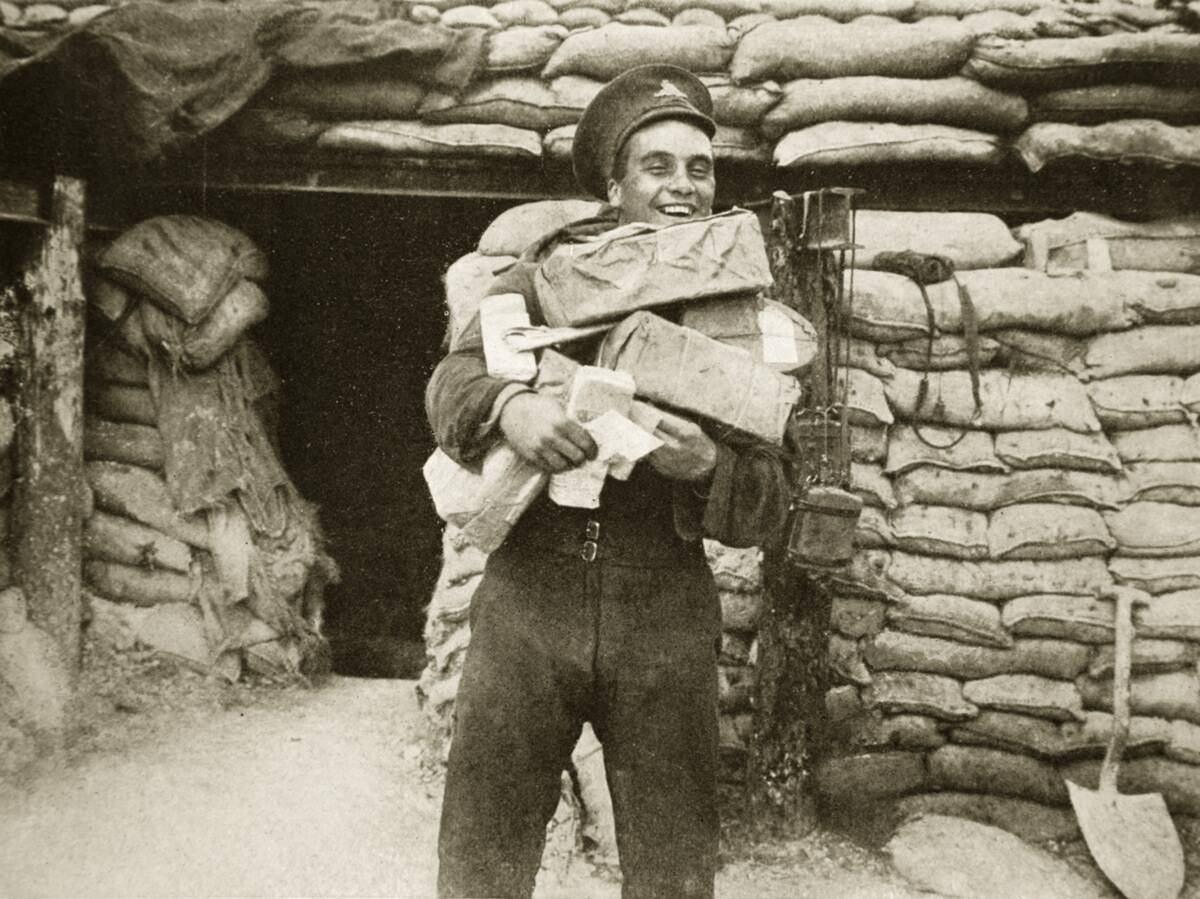
While this is the happiest you’re likely to see someone who’s stuck on the front lines, the fact that he’s carrying armfuls of packages is a clear reason why his mood is so light. This photo was taken during the bloody Battle of The Somme, when any good news was all but a lifeline.
The contents of these care packages couldn’t have come a moment too soon but just the opportunity to hear from their loved ones during the most tense moments of their lives would have meant the world to so many soldiers.
The Force That Pushed The War To Its End
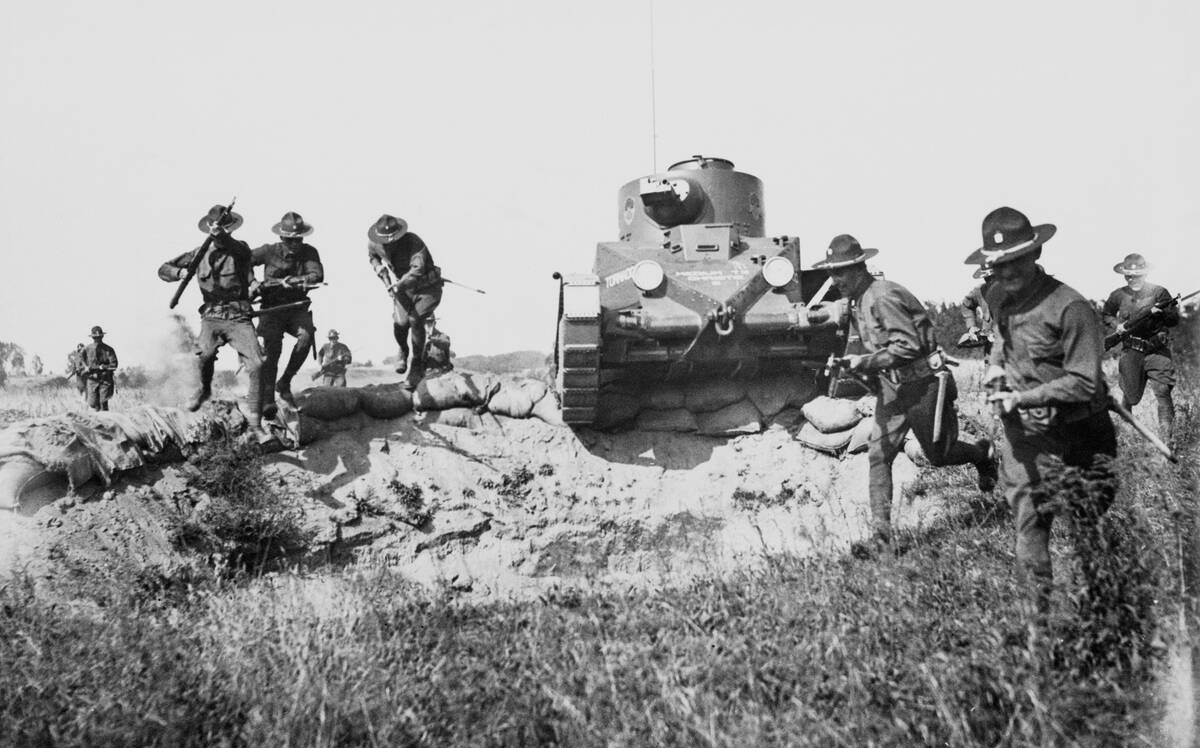
Since their unique ranger hats and supportive tanks aren’t the first thing that comes to mind when discussing World War I, it’s fair to say the United States wasn’t at the epicenter of the conflict. Indeed, American forces weren’t involved at all until 1917.
As for what did lead them in, the German sinking of merchant ships supplying the Triple Entente and the sinking of civilian ships like the RMS Lusitania (which had 123 Americans onboard) incensed the United States enough to draw them into the conflict. Since U.S. forces hadn’t exhausted themselves with years of fighting like the other nations involved, they were a significant factor in the Central Alliance’s eventual defeat.
They Called It No Man’s Land For A Reason
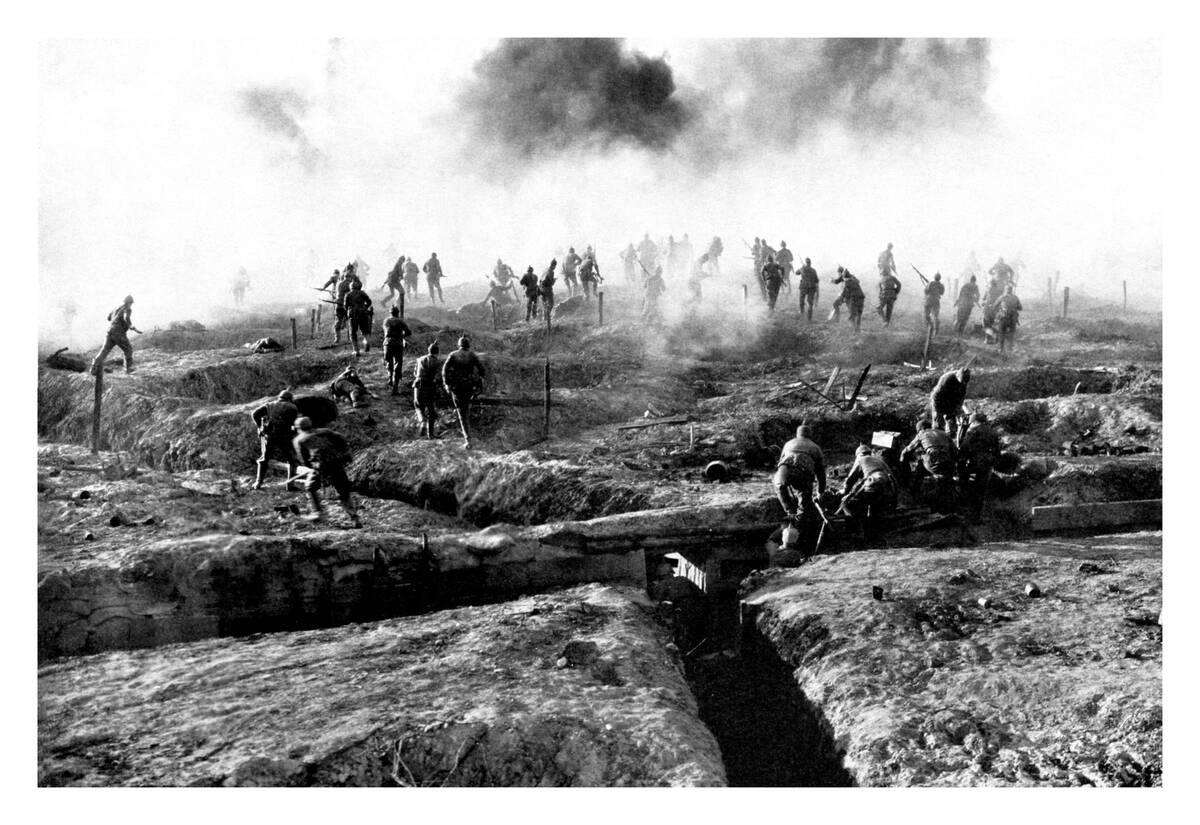
Considering how deadlocked and protracted trench warfare strategies tended to make conflicts in World War I, there were many attempts to advance and risk heavy casualties to capture enemy trenches. Here we can see German troops in France engaging in one of those advances in 1916.
However, that doesn’t mean that anyone involved with this charge was confident in its success. The area between trenches was called “no man’s land” because no man in it was likely to stay alive for long. That’s why this photo is captioned with the quote, “I have a rendezvous with death.”
It Was Harrowing No Matter What Side You Were On
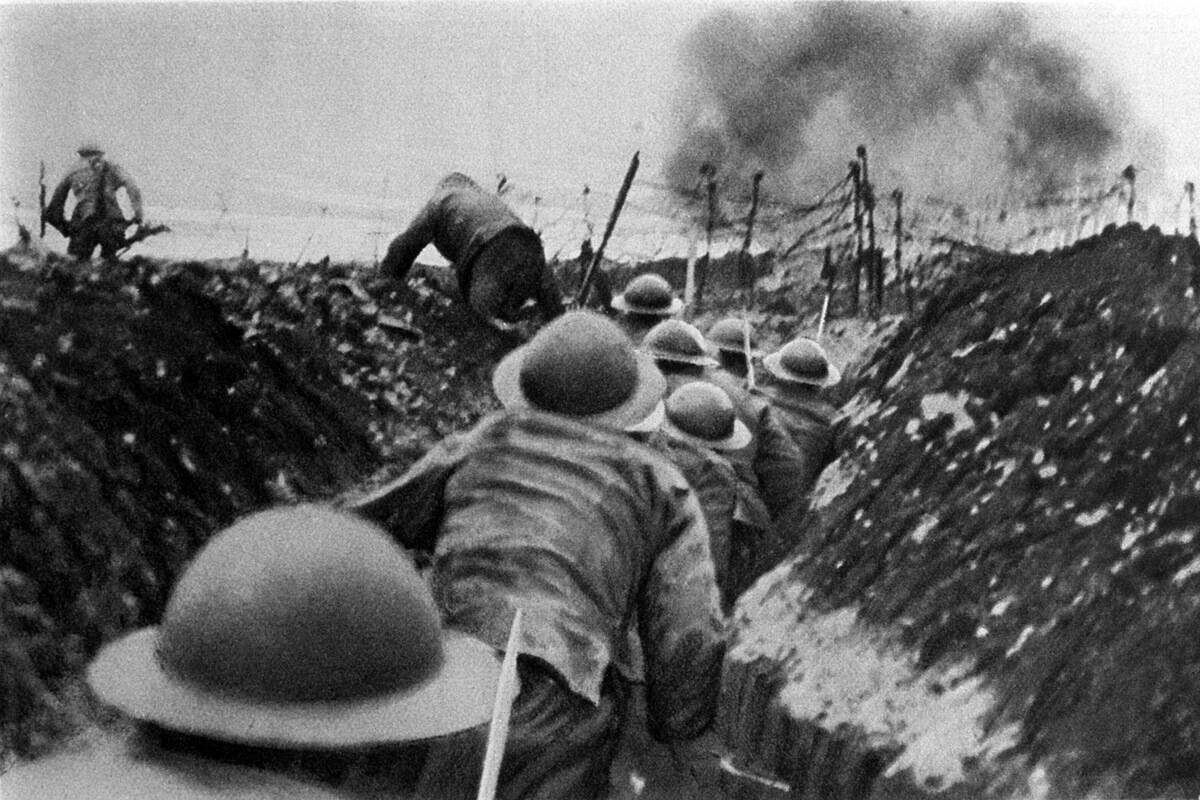
The prospect of advancing wasn’t any more attractive to most British or French soldiers than it was to the Germans they faced. Rising from their tight trenches was just as perilous with the added drawback of feeling cramped and claustrophobic on the way out.
As they pushed towards the misty, smoky battlefield, these soldiers had little reason to expect that the push to their enemy’s trenches would fare any better than the German advances they repelled.
A Win For Representation Begets A Famously Fierce Unit

Although the Union Army has previously experimented with units comprised of Black soldiers during the American Civil War, the men pictured here were still a pioneering example of an all-Black regiment fighting for the United States in an international war.
These men were members of the 369th Infantry regiment, who earned the nickname the Harlem Hellfighters after seeing significant action in France. This photo marks the return of the regiment’s surviving members to New York City after the war had ended.




